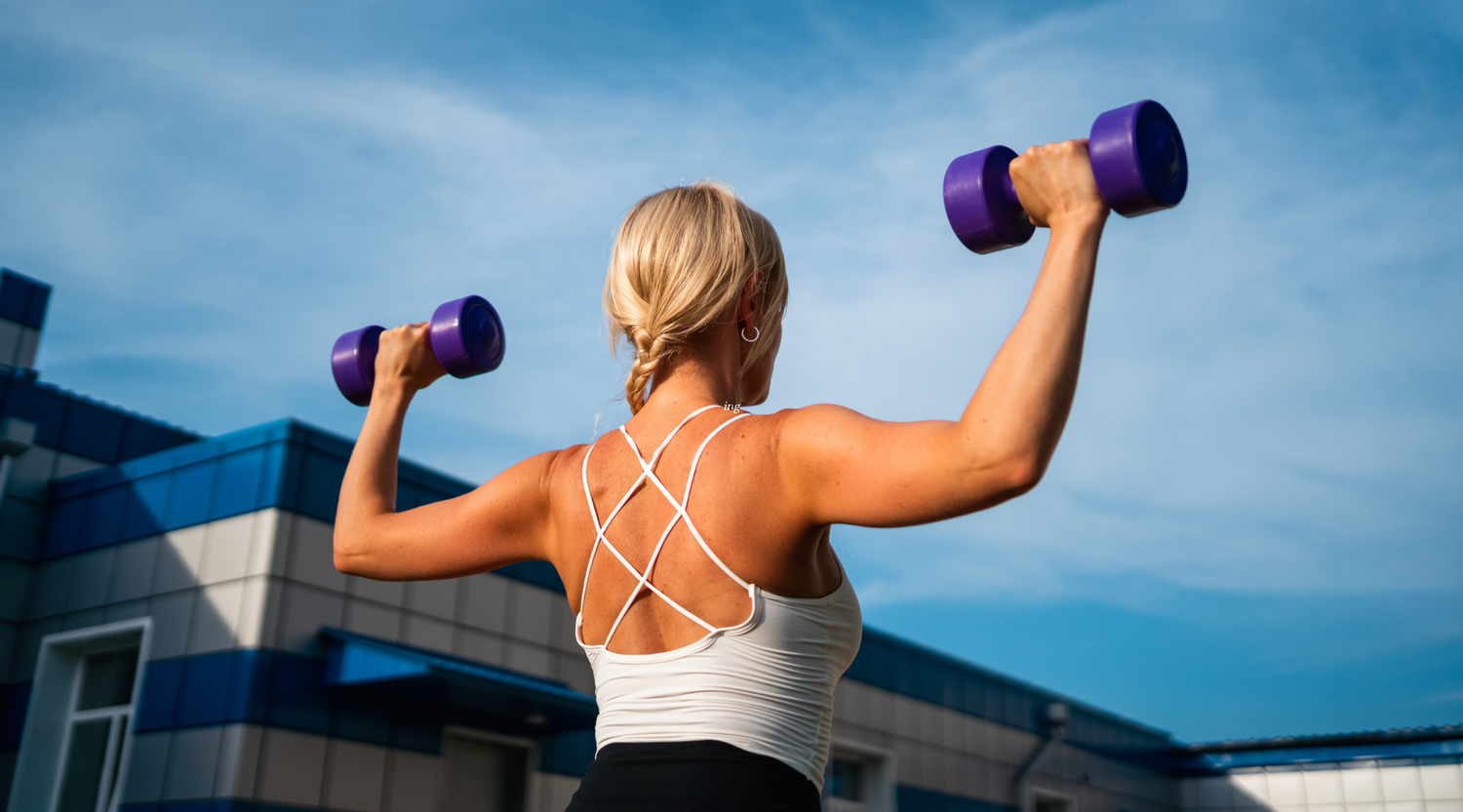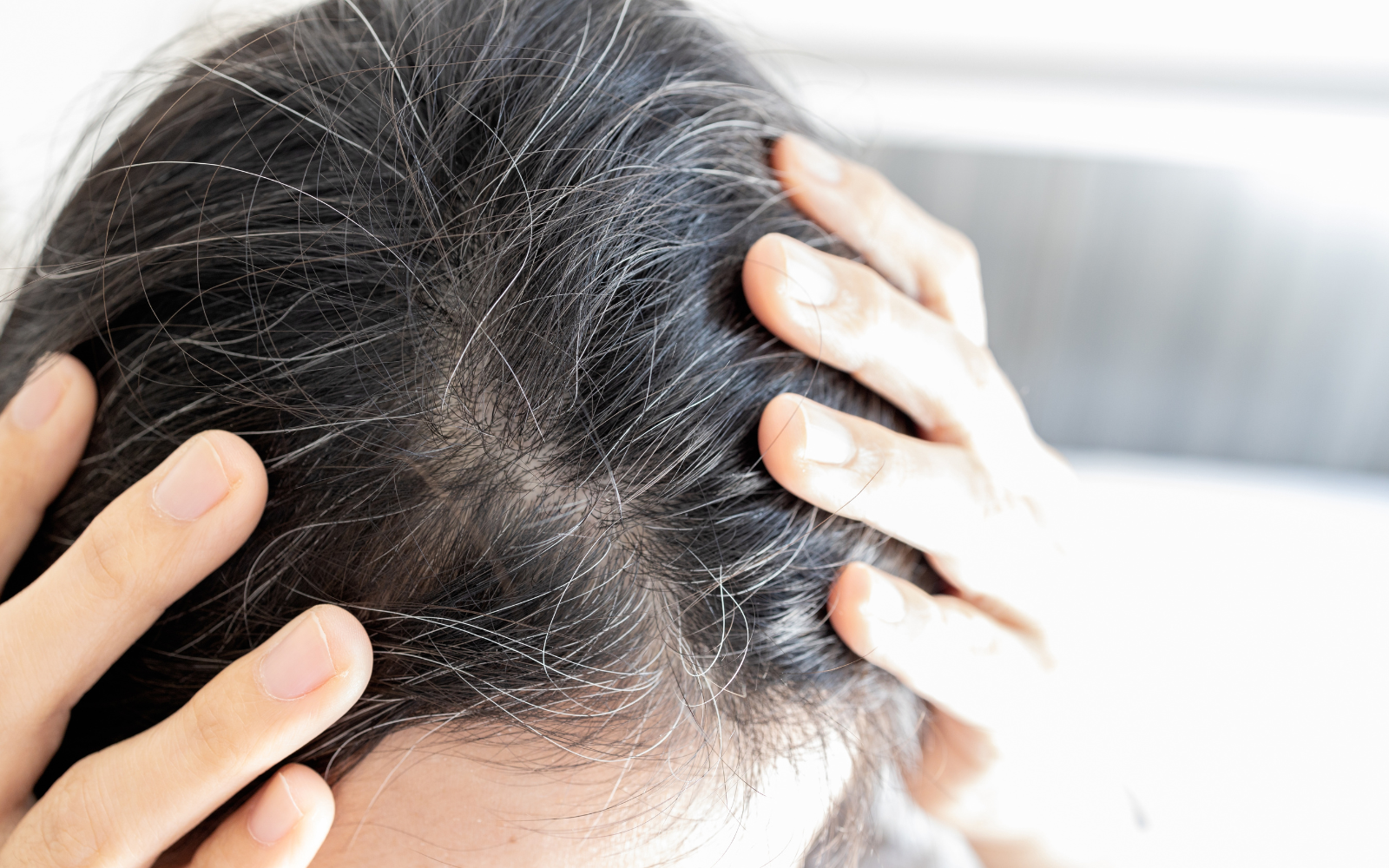Exercise and strength are an important piece of the longevity puzzle.
In recent years, one specific test of physical fitness, one which a personal trainer would rarely tell you to work on directly, has been blowing up in mainstream news for its link to longevity: grip strength.
The research on the link is both clear, robust, and unsurprising. It’s summed up nicely in a review of 45 studies on grip strength. "Low grip strength was shown consistently to be associated with a greater likelihood of premature mortality, the development of disability, and an increased risk of complications or prolonged length of stay after hospitalization or surgery.” (1)
However, practically speaking, what does this mean for how you should exercise? Should you grab one of the hand grippers and dedicate yourself to 10 minutes a day?
No, I don’t think you should, even though I’ve seen doctors cited in articles recommending exactly that. The link between grip strength and longevity requires a bit more scrutiny before providing actionable steps.
Grip Strength is a Proxy for Overall Strength
Suggesting a stronger grip itself leads to a longer, better life is a classic case of mistaking correlation for causation.
Grip strength is used as an easy way to assess overall strength. While a strong grip is associated with longer life expectancy, it's not the grip strength itself that extends life.
Somebody with a strong grip is more likely to be stronger in general. It's more likely a symptom, not the cause, of a healthier, more robust body.
Is Strength Important For Longevity?
From this, we may assume that strength is important for longevity. While I agree with that statement, we can scrutinize this idea as well.
That’s because there are also correlation vs causation factors to examine here.
Somebody who’s stronger is more likely to exercise more in general. That means they’re likely to have better cardiovascular fitness, another key factor in long-term health. It also means they’re the type of person who’s more likely to eat healthy, to prioritize sleep.
In other words a stronger person is more likely to do nearly all of the right things.
However, I do believe strength itself is also a key variable, for both lifespan and healthspan. Here are some reasons why.
Stronger People Fall Less, Break Fewer Bones When They Do
According to 2016 statistics, unintentional injuries were the 7th leading cause of death for Americans 65 and older (2). For an aging population, falling is a risk to their lives. However, that’s not all, because once somebody is hospitalized for a fall (often a result of broken bones), it’s typically all downhill from there.
Once somebody falls, they’re going to spend even more time bedridden and inactive. This hastens the decline because they lose some ability to do any form of exercise.
People who are stronger and more coordinated reduce their risk of falling, and reduce the risk of injuring themselves when they fall. If you’ve ever seen an athlete, or even a child, suddenly catch themselves after tripping, you’ve seen rapid coordination in action.
Stronger People Can Enjoy Life More
Stronger more coordinated people are able to simply enjoy the later years of life. It means picking up the grandkids, going on hikes, playing golf, pickleball, or your choice of sport.
This is why strength is in my view a key component of healthspan, even if the jury is still out on its direct links to longevity and lifespan.
Strength Matters Whether You’re Young or Old
After age 30, muscle mass decreases approximately 3-8% per decade. This decline speeds up after age 60 (3).
Strength training is the number one thing you can do to put off this decline. If you’re young, carrying more muscle mass now means even after you lose some, you’ll still have enough to stay strong. If you’re already at the age of decline or in the third age, then strength training can put off this decline and help you keep your muscle.
That’s why these tips for a longevity-focused resistance training program will have the same principles regardless of age or ability.
The difference is from some of the exercise selection, and of course in the weights you use, but otherwise should be similar.
Note while the studies focus on grip strength, it’s full-body strength that matters.
Straightforward Exercise Tips For Grip Strength, Strength, and Longevity
Now that you understand it’s not grip strength that matters, but full-body strength, giving an actual prescription is that much easier. While I won’t write a full program here, I’m going to give a few items that should be in your resistance training checklist.
Single-Leg Training
When I say single leg training, I’m talking about lunges, split squats, stiff-leg deadlifts, single-leg squats, and more. It refers to any leg training exercise where you train one leg at a time.
I prefer single leg exercises over traditional squat movements for everyone, but it’s even more the obvious choice if your goal is longevity.
Single leg training more closely mimics real-life. Humans are not kangaroos. We don’t bounce two legs at a time. We always move, whether walking or running, one leg at a time. When an older person walks and is at risk of falling, it’s often because they lack stability when standing on one leg.
Training with single-leg movements will help you develop the stability and coordination necessary to both stay athletic and prevent falls.
This type of strength is what’s called “functional strength.” That is, it functions for real-life activities.
Another benefit of single-leg exercises is they require less weight overall to get a training effect. Whereas a squat may require a lot of weight, placing strain on the back and other joints, single-leg exercises give you the strength benefits with fewer risks.
A few staples include Bulgarian split squats, reverse lunges, and single-leg stiff-leg deadlifts (SLDLs), all of which you can make harder by holding a pair of dumbbells.
Here’s an SLDL variation I use with beginners to help them improve balance and strength.
Hold Weights In Your Heads
When you do compound movements that require you to hold heavy objects, you’ll improve your grip strength while improving full-body strength.
The classic example of this is the deadlift.
While the traditional deadlift is a wonderful exercise, I tend to gravitate towards stiff-leg deadlift variations because they target the glutes and hamstrings more. They’re also easier to perform correctly.
Another category for this includes “loaded carries.” While not a staple of typical “gym” workouts, loaded carries are when you hold a dumbbell or two, and just walk. It trains your grip, forearms, abdominals, all while making you stay stable.
Do “Power” Training
Although a lot of people think that power training is reserved for athletes trying to perform at their peak, adults also need to train for power.
Power and athleticism will help you respond to fast moving, unpredictable circumstances. It’ll help you catch yourself from falling, and allow you to keep doing all the sports and activities you love.
Power is also one of the first attributes to deteriorate. According to one study, leg power declines 3.5% annually, compared 1-2% for strength in men aged 20-70 (4).
For adults, this can look like so many things, from in-place jumping (with a focus on sticking the landing), to using battle ropes, to doing stationary bike sprints. As long as you choose the right exercises to ensure safety, there’s no reason to include some sort of power training.
I outline exactly what this looks like, including video demos from my adult fitness classes, in this article on power training for adults.
In many programs, I see trainers cutting this for older populations because they’re not confident they can do it safely. I think this is a big mistake because there are lots of ways to train for power in a controlled environment, preparing people for the uncontrolled environments of real life.
Bringing It All Together: Don’t Neglect Resistance Training
As the research and news headlines have poured out about the link between grip strength and longevity, for me it has only affirmed what I’ve done for years with older clients. Strength is for everybody. Athleticism is for everybody. Everybody in some form should train with similar goals as athletes, which means prioritizing single-leg strength and power.
My call to action for you, if you don’t do some form of resistance training, is to aim for 2-3 times per week for 30-45 minutes, training all of your major muscle groups with compound movements. If you need some help with building a simple program or have any questions, feel free to reach out to me directly.
References
(1) Bohannon RW. Hand-grip dynamometry predicts future outcomes in aging adults. J Geriatr Phys Ther. 2008;31(1):3-10. doi: 10.1519/00139143-200831010-00002. PMID: 18489802.
(2) National Center for Health Statistics (US). Health, United States, 2016: With Chartbook on Long-term Trends in Health. Hyattsville (MD): National Center for Health Statistics (US); 2017 May. Report No.: 2017-1232. PMID: 28910066.
(3) Volpi E, Nazemi R, Fujita S. Muscle tissue changes with aging. Curr Opin Clin Nutr Metab Care. 2004 Jul;7(4):405-10. doi: 10.1097/01.mco.0000134362.76653.b2. PMID: 15192443; PMCID: PMC2804956.
(4) Skelton DA, Greig CA, Davies JM, Young A. Strength, power and related functional ability of healthy people aged 65-89 years. Age Ageing. 1994 Sep;23(5):371-7. doi: 10.1093/ageing/23.5.371. PMID: 7825481.




Leave a comment
All comments are moderated before being published.
This site is protected by hCaptcha and the hCaptcha Privacy Policy and Terms of Service apply.